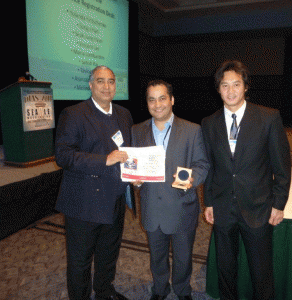We’re almost ready to wrap up for Easter here, but we have a few treats in the form of free* hot articles for you before we go!
 First is a hot article from Piotr Garstecki and co-workers on their microfluidic device to screen hundreds of different cocktails of antibiotics to find combinations that will prove lethal to bacteria and overcome resistance:
First is a hot article from Piotr Garstecki and co-workers on their microfluidic device to screen hundreds of different cocktails of antibiotics to find combinations that will prove lethal to bacteria and overcome resistance:
Rapid screening of antibiotic toxicity in an automated microdroplet system
Krzysztof Churski, Tomasz S. Kaminski, Slawomir Jakiela, Wojciech Kamysz, Wioletta Baranska-Rybak, Douglas B. Weibel and Piotr Garstecki
Lab Chip, 2012, 12, 1629-1637
DOI: 10.1039/C2LC21284F
Next is a Critical Review from Samuel Sia and colleagues on the achievements and challenges in commercialising microfluidic point-of-care diagnostics devices, with advice based on their own experiences:
Commercialization of microfluidic point-of-care diagnostic devices 
Curtis D. Chin, Vincent Linder and Samuel K. Sia
Lab Chip, 2012, Advance Article
DOI: 10.1039/C2LC21204H
And the final hot article is from Dong-Myung Kim and colleagues who have developed a new method for expression and capture of recombinant proteins on the same bead:
On-bead expression of recombinant proteins in an agarose gel matrix coated on a glass slide
Kyung-Ho Lee, Ka-Young Lee, Ju-Young Byun, Byung-Gee Kim and Dong-Myung Kim
Lab Chip, 2012, 12, 1605-1610
DOI: 10.1039/C2LC21239K
Happy reading!
* Articles are free to access for individual users following a simple registration process













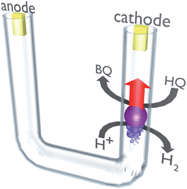 Gabriel Loget and Alexander Kuhn report for the first time the vertical propulsion of conducting beads in liquid filled capillaries by bipolar electrochemistry. Using a conical capillary a Yo-Yo type motion can be induced, making the concept then useful for cargo-lifting and of potential interest for microfluidic applications in lab-on-a-chip devices.
Gabriel Loget and Alexander Kuhn report for the first time the vertical propulsion of conducting beads in liquid filled capillaries by bipolar electrochemistry. Using a conical capillary a Yo-Yo type motion can be induced, making the concept then useful for cargo-lifting and of potential interest for microfluidic applications in lab-on-a-chip devices.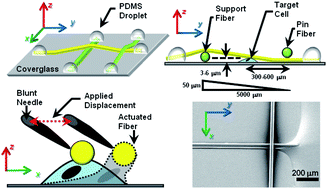 Philip LeDuc and colleagues from Carnegie Mellon University report the development of a minimal-profile, three-dimensional (MP3D) experimental microdevice which confines cells to a single focal plane, allowing observation with conventional epifluorescent microscopy.
Philip LeDuc and colleagues from Carnegie Mellon University report the development of a minimal-profile, three-dimensional (MP3D) experimental microdevice which confines cells to a single focal plane, allowing observation with conventional epifluorescent microscopy.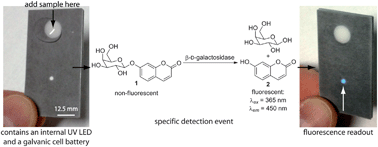
 icle
icle Siva Vanapalli and colleagues at Texas Tech University have developed a one-step passive strategy to create concentration gradients in static droplet arrays. Their recent Lab on a Chip article has been reported in PhysOrg.com, which discusses the implications of the technology for the future of drug testing.
Siva Vanapalli and colleagues at Texas Tech University have developed a one-step passive strategy to create concentration gradients in static droplet arrays. Their recent Lab on a Chip article has been reported in PhysOrg.com, which discusses the implications of the technology for the future of drug testing.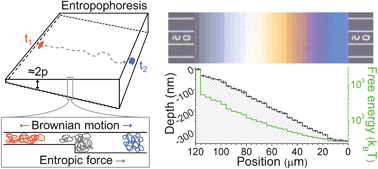 Samuel Stavis and colleagues at the National Institute of Standards and Technology (NIST) have developed a nanoscale fluidic channel shaped like a staircase, which can be used to control the direction of drift of a DNA molecule through a fluid. An article in Nanotechnology Now discusses how this ‘nanoslinky’ presents new possibilities for manipulating and measuring DNA.
Samuel Stavis and colleagues at the National Institute of Standards and Technology (NIST) have developed a nanoscale fluidic channel shaped like a staircase, which can be used to control the direction of drift of a DNA molecule through a fluid. An article in Nanotechnology Now discusses how this ‘nanoslinky’ presents new possibilities for manipulating and measuring DNA.